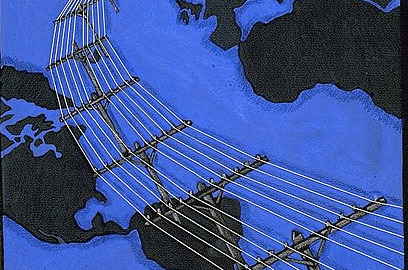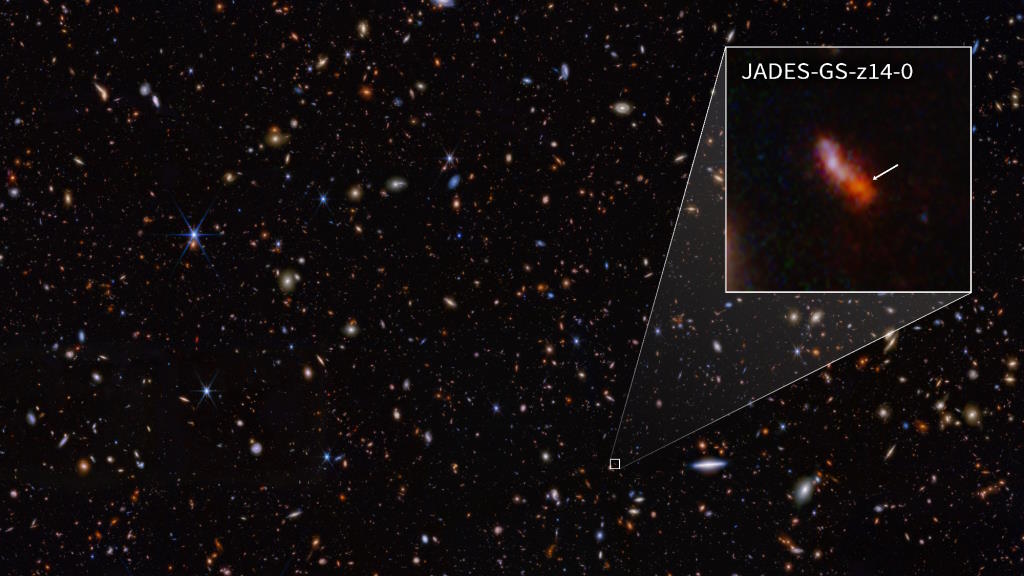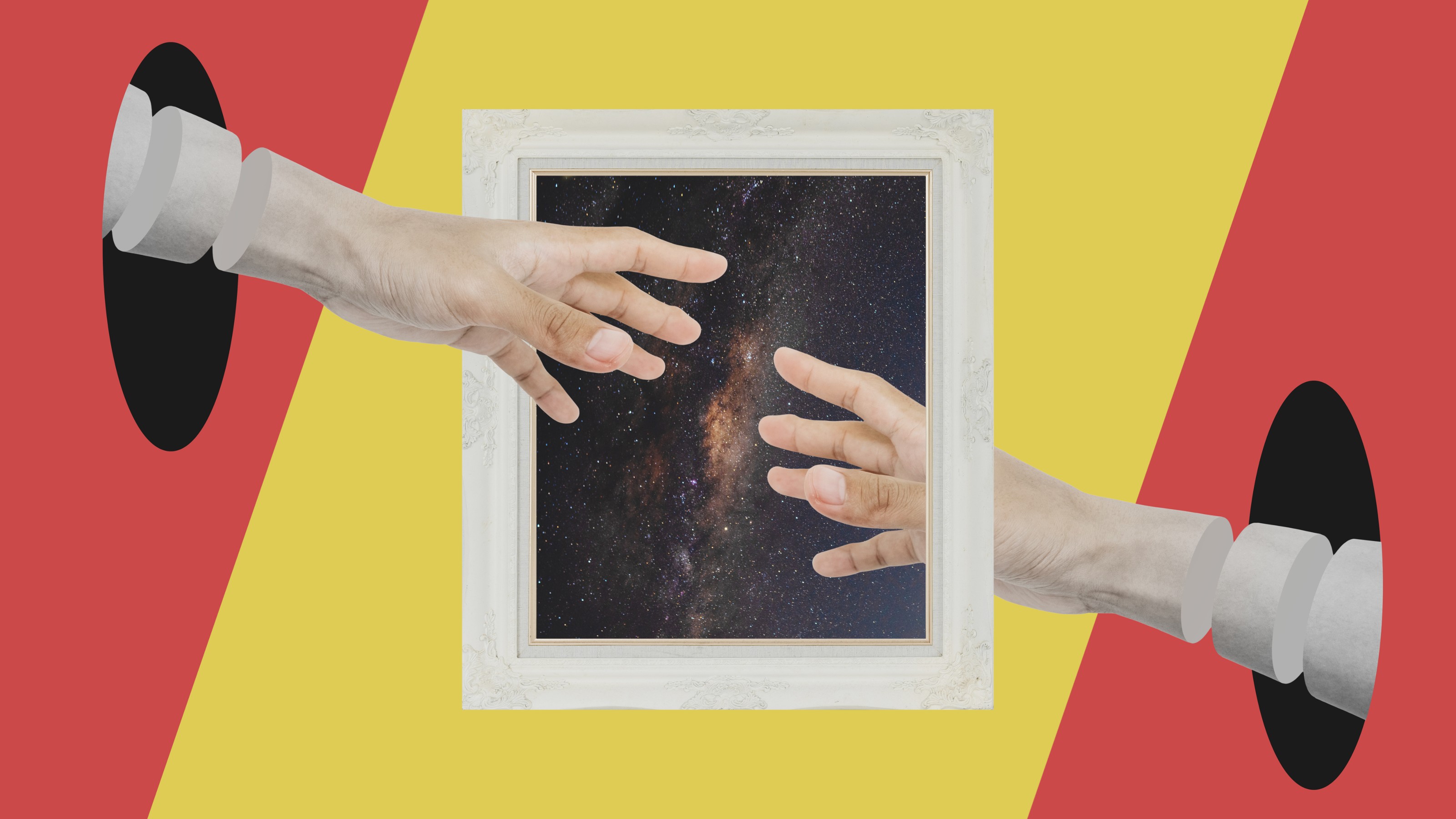Crowdsourced Science Is on the March

Ornithologists have long connected with “citizen scientists” to gather data on bird populations and behavior. Now the Science for Citizens project has come up with a similar strategy for botany: a smartphone app that lets everyone track and report invasive species of plant. (It only works in one California park for now but coverage will expand, the inventors say.) It’s only one of many projects now that invite people to use their cell phones for science.
What Jaron Lanier calls social media’s “hive mind” may not be so good for advancing thought or creating a civic culture. But for collecting data, it’s great. As Steve Lohr pointed out last week, humanity is still waiting for long-promised “smart dust“–machines so small, cheap and smart that they can be scattered in the millions to collect data on ocean currents, food spoilage, disease outbreaks and so on and on. But in the meantime, we can become smart dust ourselves.
There are already millions of us phone-human cyborgs available to gather observations. And science long ago solved the problem of errors introduced by variations in the skill and perception of different observers. Two centuries ago, for example, Carl Friedrich Gauss worked out a method of analyzing astronomical observations that smoothed out variations from observer to observer and pointed to reports that were way out of line with most others. That’s the origin of the normal distribution, or bell curve. And a reminder that all science was once “citizen science.”





